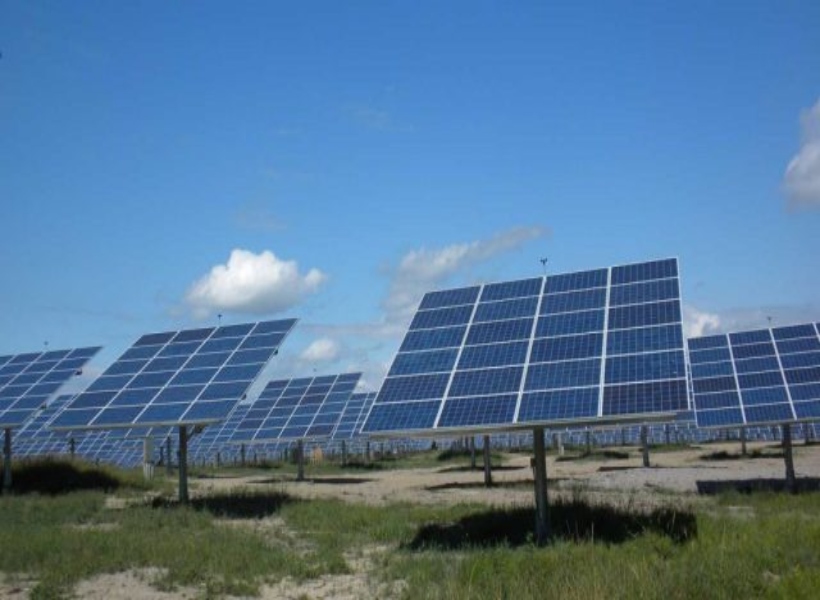For decades, Guyana has remained dependent on imports of liquid fossil fuels to satisfy its energy needs. In fact, such imports which leave behind a significant carbon footprint totaled US$506.7 million in 2019 and US$ 395.2 million in 2020, bringing the total expenditure to US$901.9M in just two years.
Recognizing the impacts climate change will have on Guyana as carbon emissions continue to increase, alongside the need to reduce costs, the Guyana Power and Light (GPL) has proposed the implementation of the Guyana Utility Scale Solar PV Programme in line with its plans to increase renewable energy penetration and grid stability on its power system.
This programme will see the installation of 33MWp of Solar PV with 23MWh (minimum) of Battery Storage in Linden, Berbice and Essequibo.
The proposed energy matrix is also outlined in GPL’s 2021-2025 Development and Expansion Plan (D&E), which prioritizes the introduction of solar PV. The D&E indicates that Guyana requires different power generation technologies to generate electricity in the most economical and reliable way while transitioning towards maximum utilization by 2040.
The D&E also recognizes the need to improve system operation via digitalization and modernization to achieve an efficient and reliable power system while improving local capacities.
Guyana Standard understands that the execution of the projects that are a part of this programme will support Guyana’s transition to the use of near-100% renewable energy sources and the diversification of the energy supply matrix via the use of cleaner and renewable energy sources in the electricity generation mix. Specifically, this programme seeks to reduce Carbon Dioxide (CO2) emissions and lower the cost of electricity generation while supporting the country’s transition towards renewable energy-based generation. Also, via the implementation of an associated Technical Cooperation (TC) Programme with the Inter-American Development Bank, this news agency understands that there will be critical capacity building activities executed that will see the capacities of Government utilities and agencies to plan, develop, implement and operate intermittent renewable energy systems being improved.
As regards funding, the IDB has said that the Norway funds through the Norwegian Agency for Development Cooperation (Norad) are available and in alignment with the position of the Government of Guyana to use the sum of US$ 42.7M for utility scale solar PV projects.
As such, 25MWp of Solar PV with a minimum of 15 MWh of Battery Storage have been identified for execution utilizing the funds mentioned.
These projects are as follows: 15MWp of Solar PV with a minimum of 15MWh (1h) of Battery Storage for the Linden Isolated System, and 10MWp of Solar PV for the Demerara-Berbice Interconnected System, specifically in Berbice.
The IDB said An Environmental and Social Assessment (ESA) for a representative sample of the project sites has to be completed. The representative sample will include the following sites: Block 37 (Linden-Soesdyke Highway, Region 10), Retrieve (Linden, Region 10), and Prospect (East Canje Berbice, Region 6).
Guyana Standard understands that the foregoing project will act as a catalyst to further renewable energy investments, increased renewable energy penetration, lower carbon emissions, improved grid stability and a reduction in Government subsidies for GPL.













